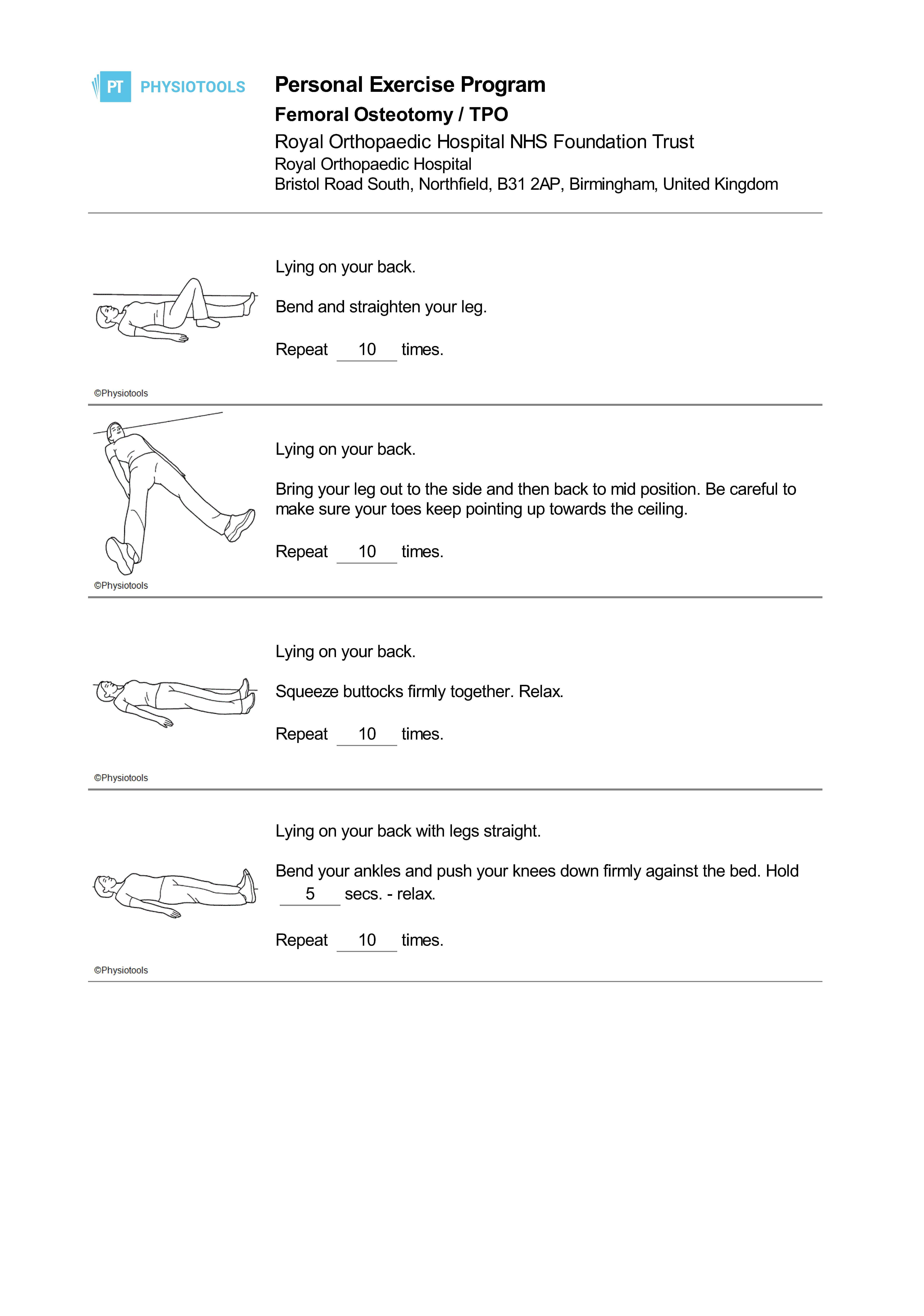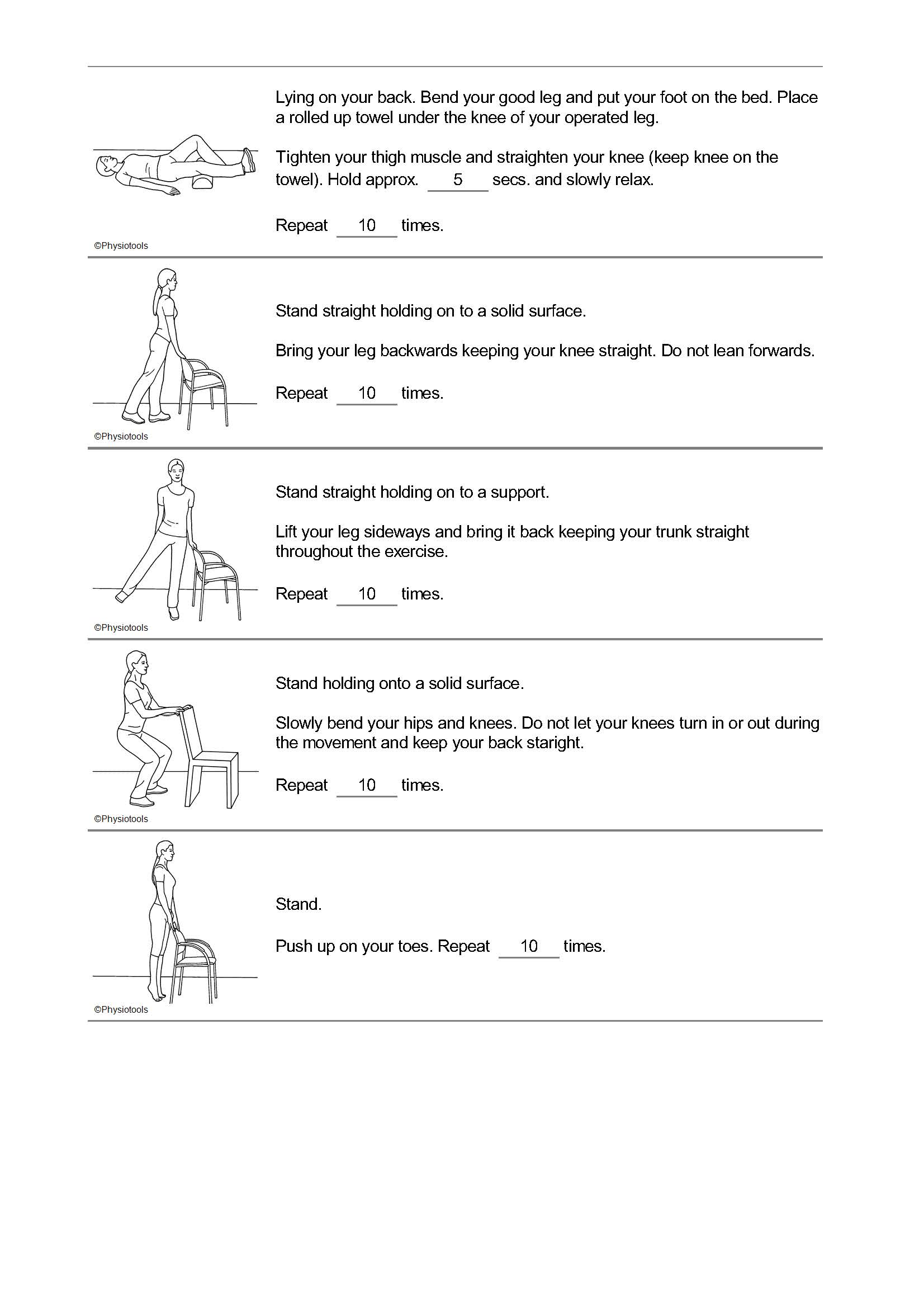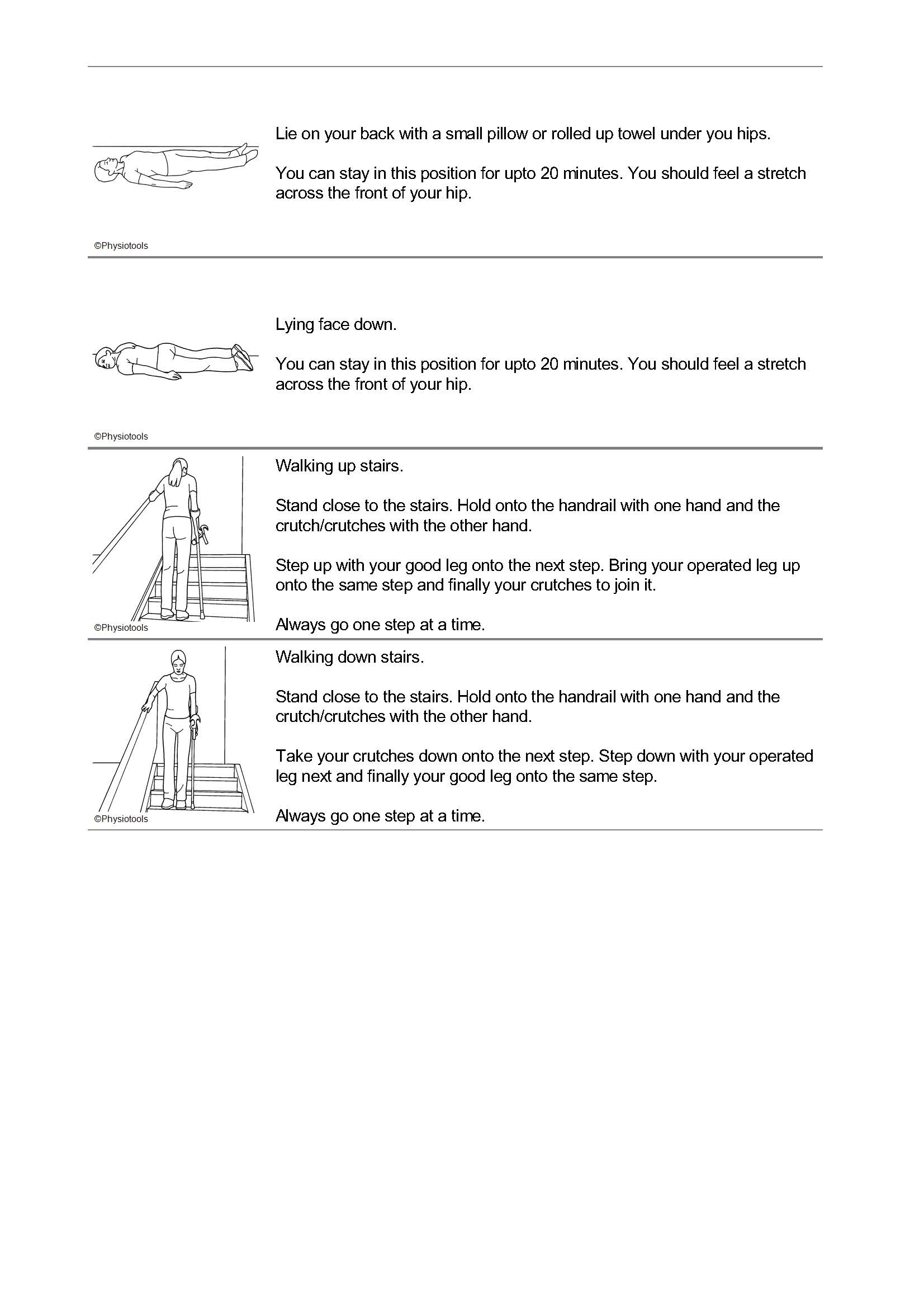
Triple Pelvic Osteotomy (TPO)
What is the hip joint?
The hip joint is ball-and-socket joint. The socket is formed by the acetabulum, which is part of the large pelvis bone and the ball is the femoral head, which is the upper end of the femur (thigh bone). The hip joint is surrounded by a group of muscles called the gluteals. They provide support to the hip joint alongside a network of ligaments. They also produce movement at the hip joint.
Why am I having this surgery?
A TPO is a surgical procedure that can be done to correct/improve the position of your hip. This is normally done because the acetabulum is either too shallow (dysplasia) or is not providing adequate coverage for the femoral head due to its position within the pelvis. The aim of surgery is to change the position of the acetabulum to provide a better shaped socket for the femoral head to sit in and therefore improve the alignment of your hip joint.
What happens during surgery?
Your surgeon will make either two or three incisions (cuts) through the skin and soft tissue around your hip to access the bones. The bones around the acetabulum are then cut (osteotomy) in three places to free the socket and allow your surgeon to correct its position. The bones are then held in place using metalwork whilst they heal.
What should I expect after my surgery?
Mobilisation
You will be seen by a physiotherapist on the ward the day after your surgery. Initially you may require a zimmer frame to help you mobilise however you will be walking with crutches by the time you are discharged home. Dependent on your surgeon and the type of operation you have you may or may not be allowed to put all of your weight on your operated leg. Your physiotherapist will advise you on this. You will also be shown how to correctly get up and down stairs using your crutches if you normally do so.
Range of movement and strengthening exercises
It is important to restore the movement and strength around your hip as soon as possible following your surgery. It is important that your gluteal muscles are working well to support your hip so you will be provided with a Home Exercise Programme. You should be able to complete your exercises independently before you go home. You will also be referred for outpatient physiotherapy at your local hospital to progress your walking and exercises as appropriate.
Pain relief
A nerve block is sometimes used during surgery which means your limb may feel numb immediately after your operation. It is normal to feel some pain as the block wears off and you will be provided with some painkillers to help with this. It is important to take these as prescribed to keep pain to a minimum.
Ice
Ice can be helpful to reduce pain/swelling. Protect your dressings from getting wet with a plastic bag. Wrap a bag of ice/frozen peas in a damp towel and apply for 10-15 minutes. This can be repeated every 3-4 hours.
Wound care
Your wounds will need to be kept clean and dry. The nursing staff will provide you with more information about wound care on discharge.
Driving and work
You should not drive whilst still using elbow crutches or sticks. Please discuss this further with your Consultant or Physiotherapist.
Leisure and sport
This will depend on the healing of your fixation and instructions from your consultant. Your Physiotherapist can also advise you on this.
More information
If you have any questions or need any advice about your exercises, then please contact the Physiotherapy Department between 8am - 4pm Monday to Friday on 0121 812 3500.


